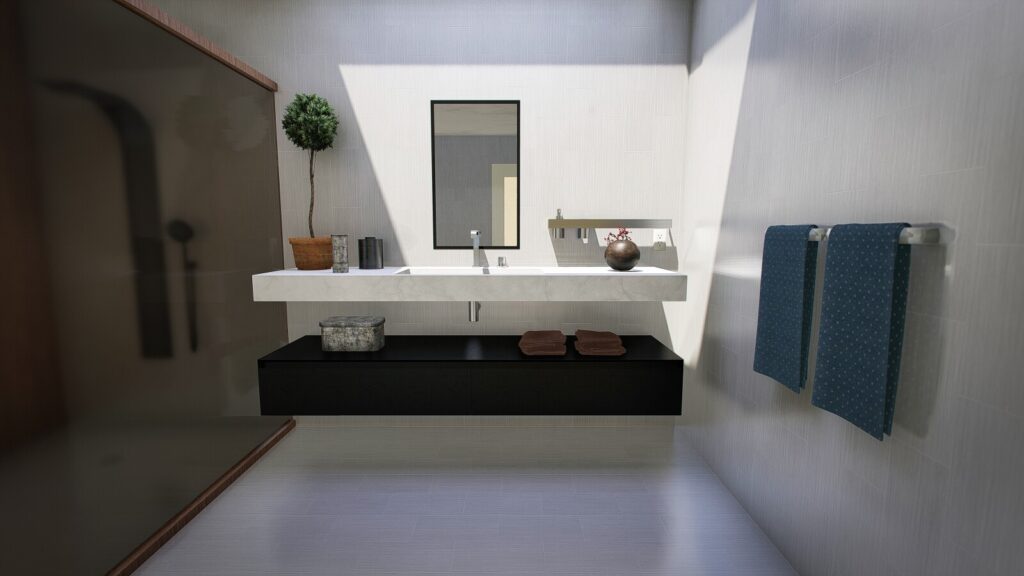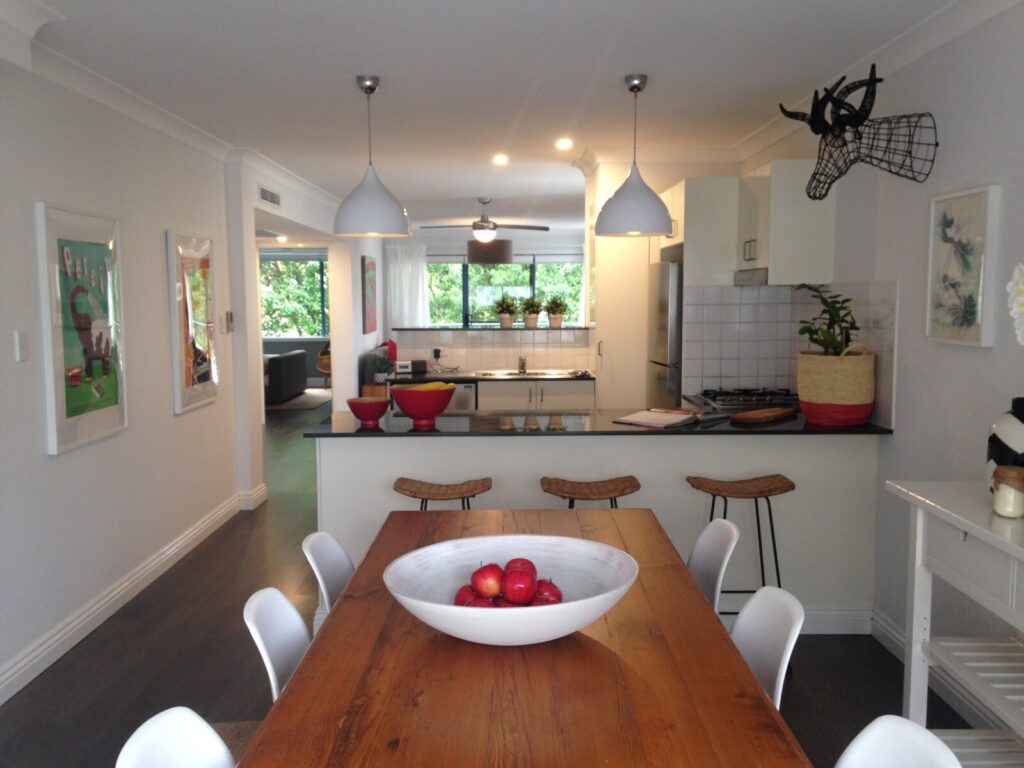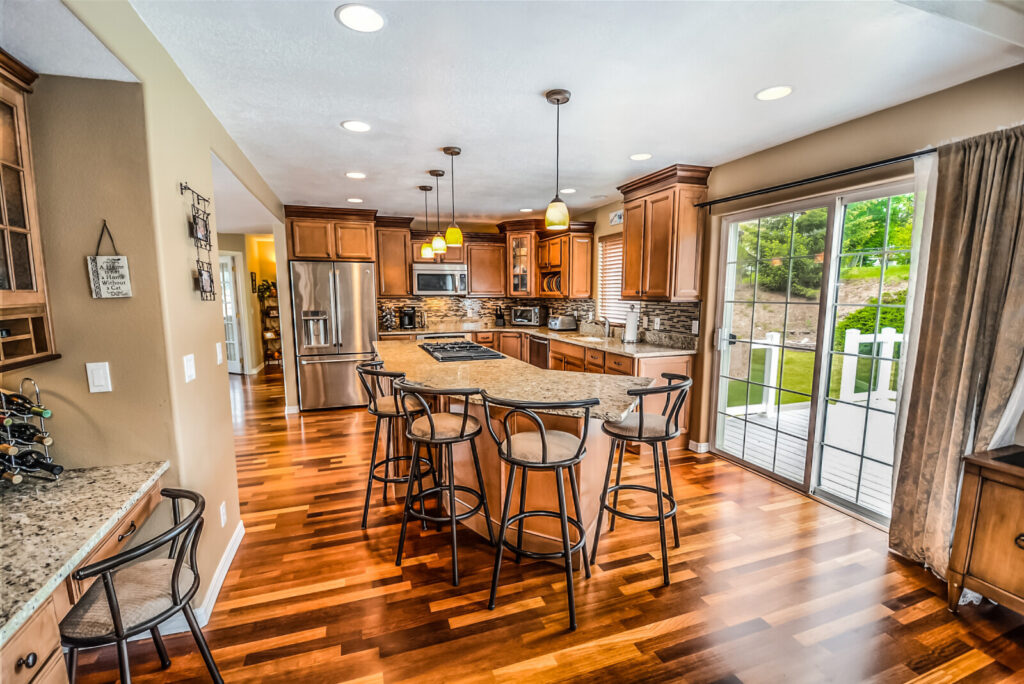Bathroom Vanity Lights: Make Your Bathroom Look Great!

Bathroom Vanity Lights Make Your Bathroom Look Great!
Whether you’re about to build your dream home or renovate the bathroom of an existing one, you have many decisions to make. One of them is what type of vanity lights you want for your bathroom. Bathroom vanity lights are more than just a source of illumination; they also serve as a design element in any bath space. To help you choose the right bathroom lighting, here are some tips:
Choosing the right light fixture for your bathroom is essential for illumination and an aesthetic accent.
Choosing the right light fixture for your bathroom is essential for illumination and an aesthetic accent. Vanity lights are more than just a light source; they can also be used to add a decorative touch to your bathroom.
Vanity lights should be placed so that they don’t interfere with the function of your bathroom. It may not be appropriate to install vanity lighting directly over the mirror or medicine cabinet if you have an open floor plan and no privacy between rooms, as it may create unwanted glare.

The Best Way to Choose Bathroom Vanity Lights for Your Home
The most common types of bathroom vanity lights are:
There are many different styles of bathroom vanity lights to choose from. Some of the most common types include:
Wall sconces are a great way to illuminate a bathroom. They’re generally more decorative than vanity lights and can be used in small and large bathrooms.
When deciding on wall sconces for your bathroom, consider the available space, the look you want, and the amount of light you need. You may want to choose a single wall sconce over two or three smaller ones so that they don’t overpower each other or make the room feel crowded. On the other hand, if space is an issue in your home, having multiple light sources throughout the room will help make it feel more significant.
Vanity strip lights and vanity bars
Vanity strip lights are long, narrow fixtures that mount to the wall. They can be used to illuminate a mirror or highlight a feature in your bathroom like a marble countertop or brass faucet handles. The length of vanity strip lights varies based on whether you have an open-front sink or enclosed cabinet space underneath it, but they should always be mounted at least 3 inches above the top edge of your vanity. Vanity bars are similar to vanity strips and typically run along the length of your cabinet doors rather than along the wall itself; they’re often used in conjunction with other lighting options such as sconces and pendants above them.
Pendants
Hanging pendants over the mirror can be done in various ways.
- On the wall above your mirror and straight down at the same height as it will be hung; This is the most common way to install these lights, but you can choose your preferred placement.
- Above or below your mirror, near where they would be in an angled fixture. This can help direct light down onto what you’re doing in front of it instead of directly into your eyes.
- Suppose you’re sitting at a table/desk instead of on a stool or chair with arms since those lamps don’t typically have any way to adjust their positions once they’re set up (unless they’re adjustable). However, think about whether there’s enough room behind them before deciding on this kind! The last thing anyone wants while getting ready is having wires sticking out everywhere because someone installed them too close together and couldn’t see how many outlets were available between them until after everything was done…
LED bathroom vanity lights
When choosing the right bathroom vanity light, there are many factors to consider. The most important thing you need to determine what type of bulb you want your vanity light to use. While incandescent bulbs are still widely used in homes today, they’re not as energy efficient as other options and are also at risk of breaking or burning out after prolonged use. Halogen bulbs offer longer lifespans than incandescent ones but also tend to be more expensive and can give off a harsher light quality if not properly adjusted. Fluorescent lights are another popular choice for their low energy usage and price point but will usually require an installation specialist due to the specialized wiring needed by such a fixture.
LEDs have become more affordable than ever before, thanks mainly to technological improvements over time, which have allowed manufacturers to produce better products at lower costs while maintaining high-quality standards throughout production processes.
Choosing the style
Choosing the style of your bathroom vanity light fixtures is an integral part of the process because it can affect how you feel about your room and even how others perceive it. When choosing a style, first consider what kind of personality you want to convey in your bathroom: are you going for something classic or modern? Classic styles tend to be more traditional, while modern ones often feature sleek lines and simple shapes.
Next, consider how much money you’ve got to spend on this project: if there’s not much allocated for lights, we recommend sticking with less expensive options such as sconces or multiple-bulb fixtures rather than investing in fixtures have fancy finishes such as gold leafing. If budget isn’t an issue, then feel free to go wild! When designing bathrooms, the sky’s the limit—make sure all components work together harmoniously, so everything looks aesthetically pleasing from every angle possible!
Choosing the right size
When you’re choosing your vanity light, it’s essential to consider the size of your mirror. If your mirror is large, you’ll want a more significant vanity light that will illuminate the entire surface area of your mirror. On the other hand, if your mirror is small, a smaller vanity light may be more appropriate for you to fit into the space with some room around so that it doesn’t look cluttered.
Choosing the right finish
- It is crucial that the finish you select matches other fixtures in your bathroom.
In most cases, you’ll want to choose a finish that will match the color scheme of your bathroom. Choosing the right shade of white might be as simple as choosing a matte or glossy finish, or it could be more complicated, like selecting a specific kind of marble for the countertop. As long as it’s consistent with your existing style, it doesn’t matter what you choose to do.
- Select a color or finish that compliments your entire house.
When choosing which lights to put over your vanity, consider how these fixtures will look when turned on and off at night from outside through windows or doors (especially if there’s no ceiling venting). If possible, try switching them out during different times throughout the day/night by using timers, so you get an idea of how they’ll look when people are outside during various activities; this will help ensure all light fixtures throughout the house are visible and inviting when viewed from outside.”
Choosing glass and bulbs
Choosing the suitable bulbs is a matter of matching the glass, vanity light, and bulb. You want to make sure that everything looks like it has been designed together.
You can choose between frosted and clear glass because they look good in bathrooms. The difference is that clear glass lets more light through, while frosted glass adds some privacy to your bathroom and makes it feel cozier.
Bulbs are available in many styles:
- Mini lights.
- Chandelier bulbs (often called candelabra bulbs).
- Regular-size incandescent bulbs.
- LED spotlights for recessed lighting under cabinets or vanity strips above sinks or mirrors.
You’ll find that each type has its appearance—for example, mini lights look best when clustered together into groups of three or four (use all white lights for a modern look). Using these discount coupons, you can save big on thousands of styles of lighting at 1Stoplighting.com.
Bathroom lighting should be bright and clean, but it should also be cozy and free of harsh glares or shadows. You want several light sources at different heights and angles to give you the right amount of light coverage.
Bathroom lighting should be bright and clean, but it should also be cozy and free of harsh glares or shadows. You want several light sources at different heights and angles to give you the right amount of light coverage. Bathrooms are usually small, so you don’t want to overwhelm them with too many lights; however, they can quickly look dark if they only have one light source. Using a combination of lights that are bright and distribute light throughout your bathroom vanity is key to providing adequate lighting.
The size of your bathroom vanity lights isn’t just about aesthetics; and it will affect how much light your bathroom gets. You’ll want a 60-watt bulb for about 12 to 15 square feet in a bathroom. So, if your bathroom is 6 feet by 6 feet (36 square feet), you would need at least three 40-60 watt bulbs for that space or three eight-bulb vanity strips.
When choosing bathroom vanity lights, it’s essential to consider the size of your bathroom vanity light and how much light you will need. How many watts of light you might need for a vanity light or a bathroom depends on the size of your room. Use this guide as a reference:
- 10 square feet: 5-15 watts
- 15-20 square feet: 20-25 watts
- 20-30 square feet: 35-45 watts
Choosing vanity lights that fit your mirror size and needs is vital.
- Size: Most vanities range from 24″ to 60″, but some can be as large as 84″. Make sure the vanity light will fit in the space you want it to occupy.
- Light type: Vanity lights come in two main types: incandescent bulbs and LED bulbs. Incandescent bulbs are more traditional, while LED bulbs are newer technology (and generally more efficient). You may also want to consider whether or not you’ll need dimming functionality when deciding on a vanity light bulb type!
Conclusion
The tips presented here should help you choose bathroom vanity lights that will look good and provide enough light for your space. Feel free to ask any questions you might have if you’re still uncertain.


